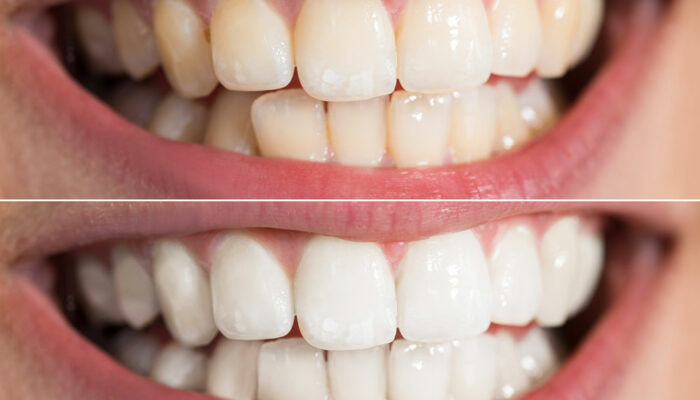
The Symptoms and Treatments for Hair Loss
The symptoms and the triggers factors for hair loss could be many. The American Academy of Dermatology (AAD) has stated that 80 million men and women across the country have alopecia, which is hereditary hair loss. While hair loss as such is more prevalent in adults, it can also occur in children. Before understanding the symptoms and the treatment, it is important to get some important points addressed:
What is hair loss?
We have over 120,000 strands of hair on our head and on a daily basis, losing 70-100 hairs is considered normal. Any long-term loss over and above 100 is not a good sign and can be in fact taken as the first symptom to hair loss.
When should one worry about the symptoms?
New hair replaces the hair that is lost – this is a routine procedure for the body. However, in certain cases, this does not happen. This results in thinning of hair or baldness. You should consult your dermatologist when you notice significant hair fall.
Symptoms of hair loss
There are several symptoms for hair loss. The common ones include:
- Chunks of hair fall right after a shower; and
- Abnormal hair fall noticed right after combing your hair
For better understanding, the symptoms are clubbed in various categories:
Hereditary
Hair loss could be in a person’s genes. It is also proven that certain sex hormones could possible trigger hereditary hair loss. This could also begin as early as puberty.
Hormonal Changes
Pregnancy, child birth, suddenly discontinuing the consumption of birth control pills and menopause could be symptoms themselves which could lead to hair loss. In most of the cases, the growth of new set of hair is stalled but studies show that they tend to grow back in 60% of the cases.
Medical Conditions
One could be losing hair due to thyroid, autoimmune diseases and scalp infection. Some of the medications used to treat cancer, high blood pressure, depression and arthritis could also trigger hair loss.
Treatment options
There are a number of treatment options that are available.
Medications
The first step would be to pay a visit to your dermatologist. Once the underlying trigger factors and symptoms are identified, your doctor could advise you the following:
- Topical creams that are mostly bought over-the-counter. These are to be applied directly on the scalp and the popular ingredient is minoxidil.
- Oral medications are also used to treat hair loss. Usually for male-pattern baldness, finasteride is advised and this is proven to slow down hair loss.
Medical Procedures
Hair Transplant Surgery
This is quite a popular procedure that involves removing very small patches of skin – each with few hairs to the portion that has baldness. For those who have hair loss due to hereditary issues, this works perfectly well as they tend to lose hair mostly on top of the head. The only negative side of this would be way too many visits to the hospital.
Scalp reduction
This is a surgical procedure that usually involves two surgeries. In the first surgery the surgeon ensures to place what is called a ‘tissue expander’ under the portion of the scalp that has hair and is next to the bald spot. After few weeks or months, the expander stretches out that portion of the scalp that has hair. In the second surgery, the expander is removed and the surgeon pulls the expanded area with the hair onto the bald spot. The flip side is the fact that it is too expensive.



